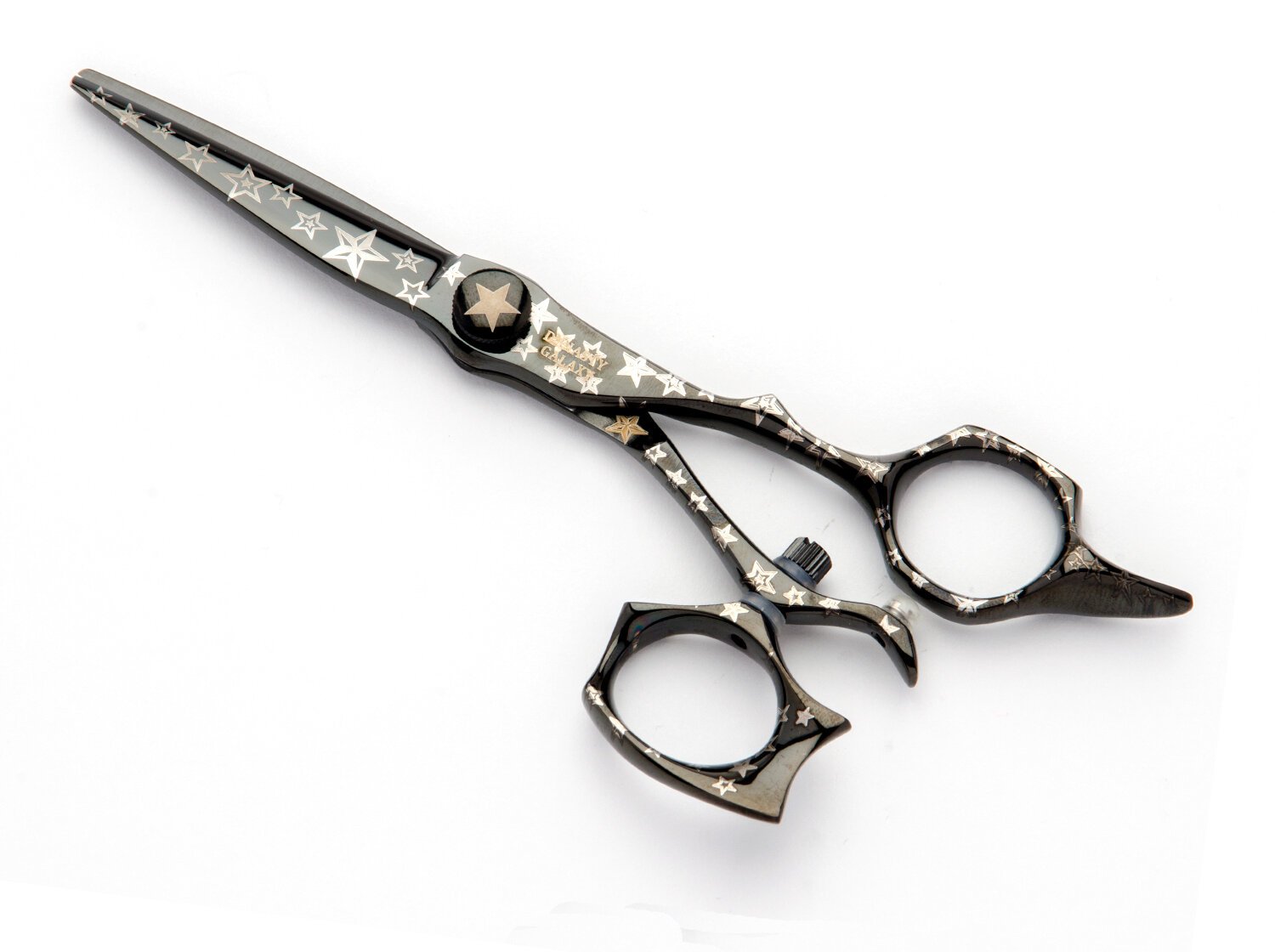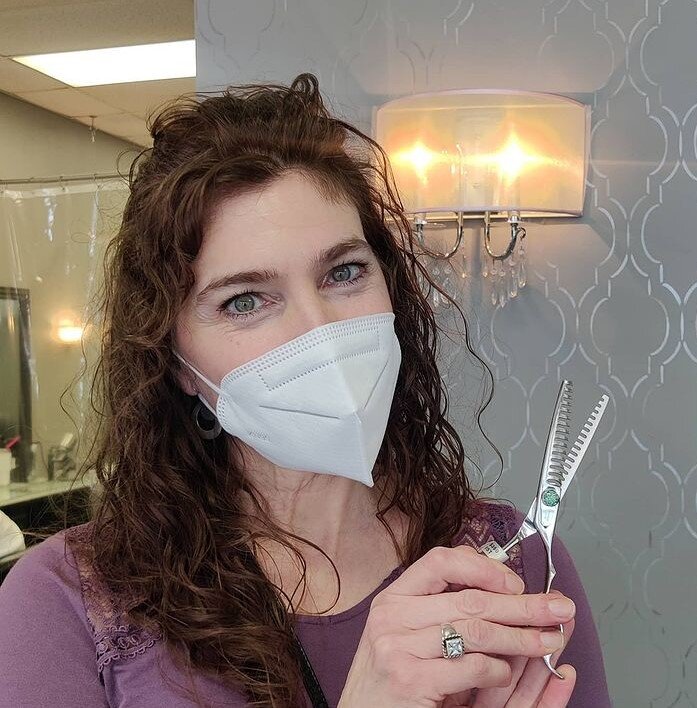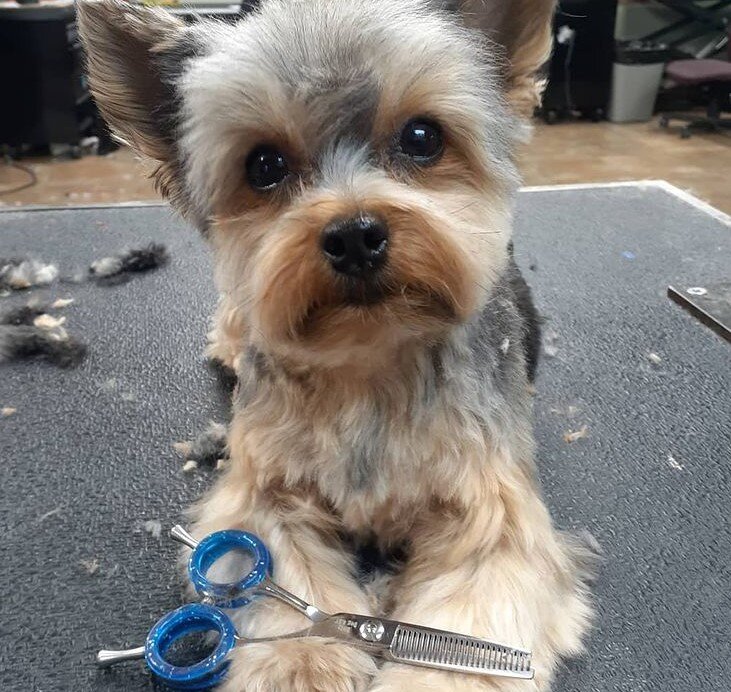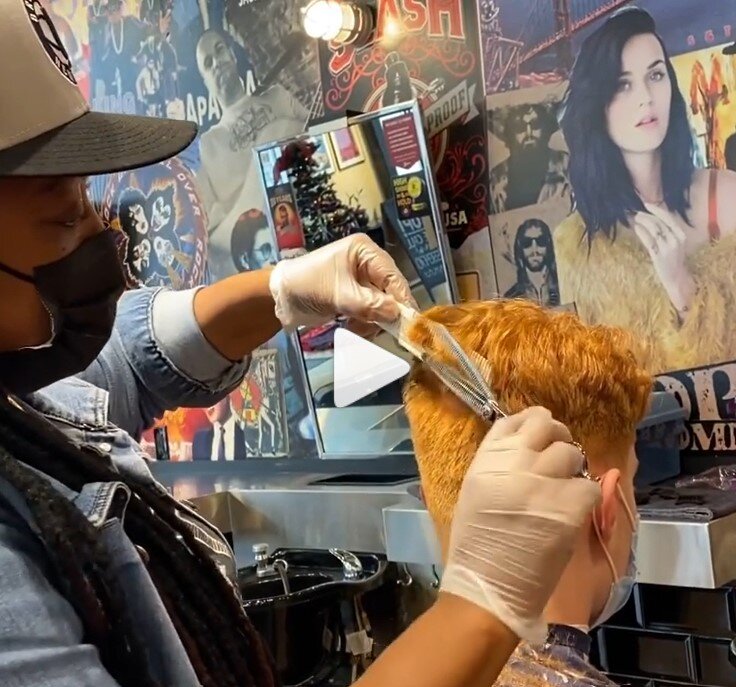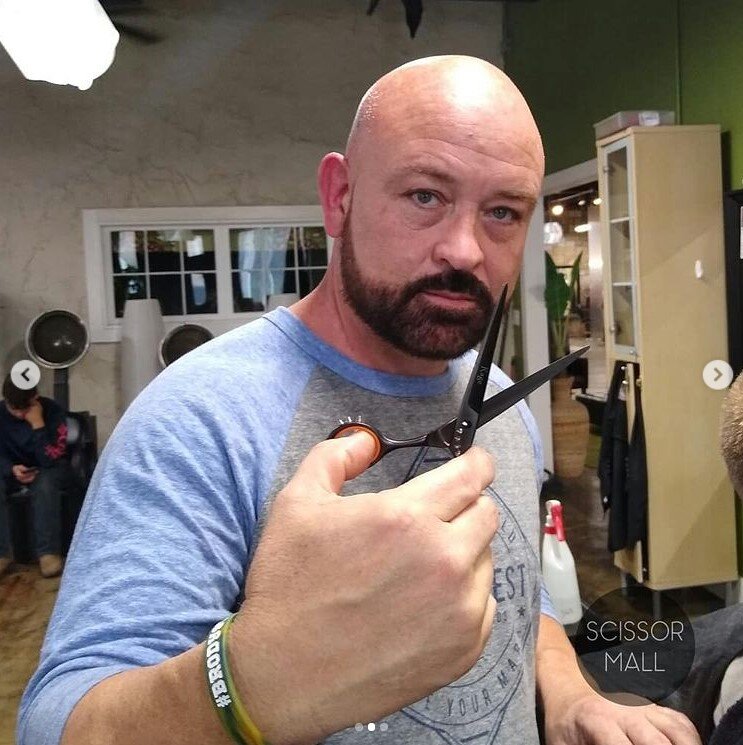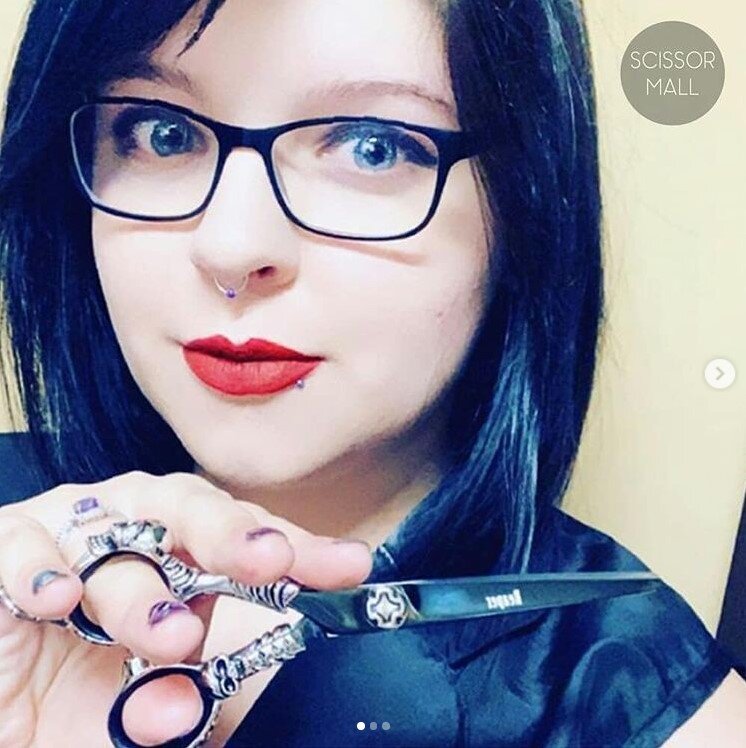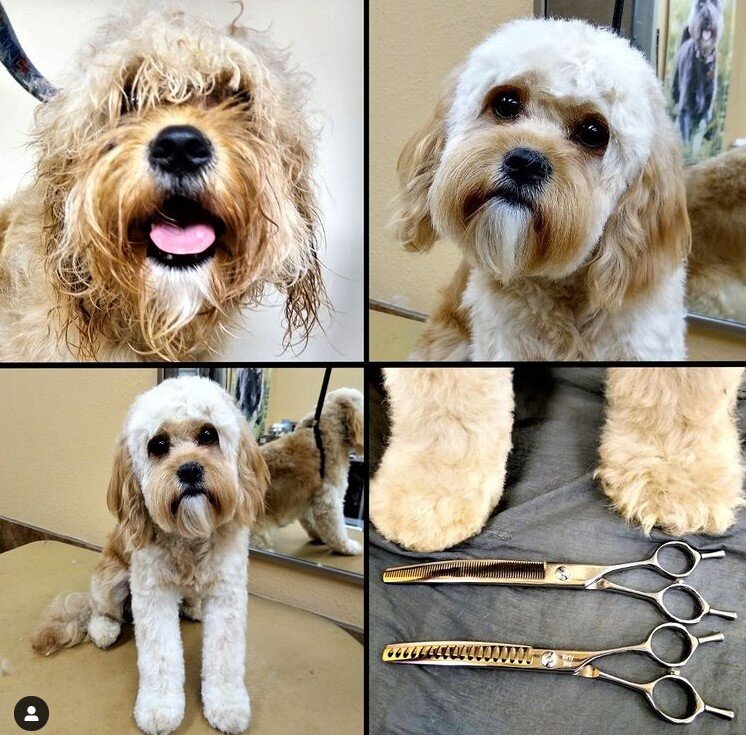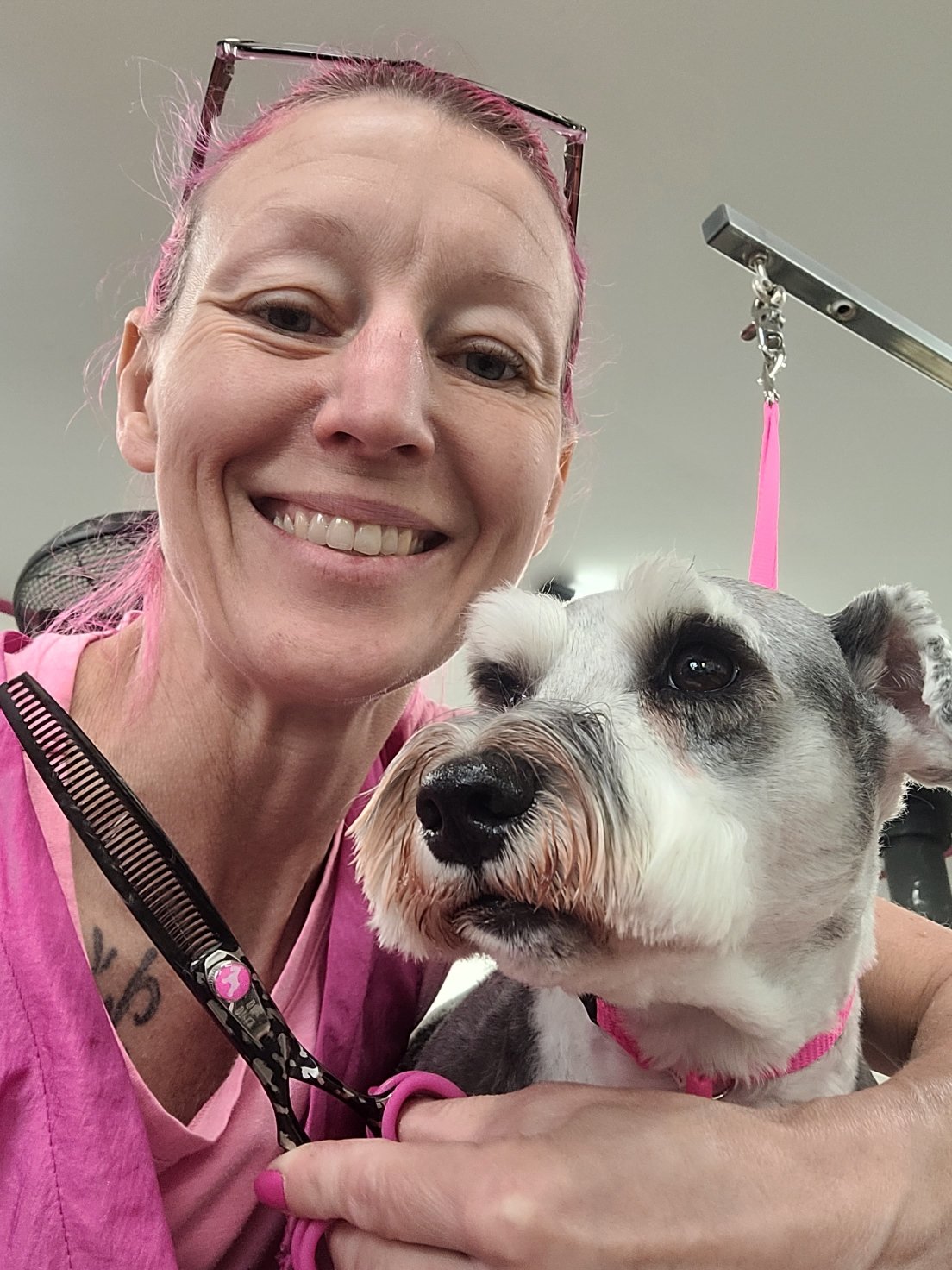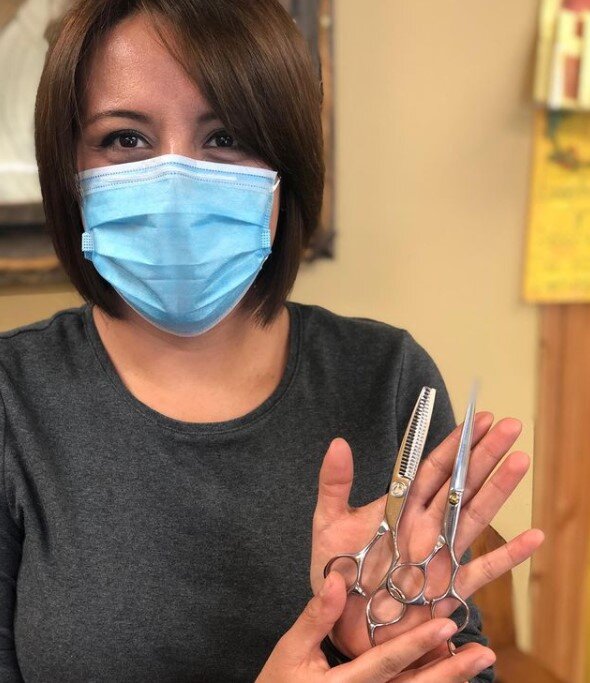On Thumb Pressure and the Realm of Hair Shears
/As a hair stylist of any kind, you naturally will have regular attention placed on how to avoid irritation or other overuse injuries in your hand, wrist and related areas. Part of this effort involves knowing some of the causes of such concerns in the first place, and one potential such cause that's worth discussing is known as thumb pressure.
At Scissor Mall, we're proud to offer a huge selection of hair shear products that allow for comfort and efficiency among stylists. Our shear options range from ergonomic hair shears like the Dynasty Galaxy to thinning shears, point shears and numerous other options -- and we're happy to discuss simple techniques and similar needs with any of our clients as well. What is thumb pressure, which forms of thumb pressure during hair shear use are often negatively associated with injury and shear concerns, and how can you properly apply such pressure? Here's a basic rundown.
Problems With Horizontal Thumb Pressure
The first form of thumb pressure we'll discuss here, and the one that often leads to pain or discomfort issues among stylists, is horizontal thumb pressure. Abbreviated HTP, horizontal thumb pressure refers to a force that's created when the stylist presses their thumb against, toward or through the thumb hole of their shears as they perform a cut.
Now, it's true that both hair shears and your hand alike will tolerate some level of horizontal thumb pressure. However, most stylists exert far too much of it -- and this creates issues for both the hand and the shears.
Here are some of the ways this happens:
Dulling the shears: Because of the pressure that's being applied to them, horizontal thumb pressure generally begins to grind the inside of hair shear blades as you work. This quickly dulls the blades and makes it difficult to produce as clean or consistent of a cut. This degradation can also cause nicks and related problems to form in the blades.
Wearing out the shear joint: Horizontal thumb pressure also tends to apply a good deal of wear and tear on the internal joint of your hair shears, which connects the two blade halves together. Worn-out shear joints are one of the more common reasons that stylists have to replace their shears.
Finger, hand and wrist strain: From the stylist perspective, horizontal thumb pressure puts unnecessary strain on the muscles in your fingers, hands and wrists. This is a leading cause of both Carpal Tunnel Syndrome and other conditions that can make it difficult to grip or use shears properly. These other conditions include pain, cramping, inflammation and similar issues.
Problems With the Locked Thumb
In many such cases, the primary source of this horizontal thumb pressure is the locked thumb. The locked thumb is a grip technique in which the stylist locks their thumb into place against the thumb hole of their shears, most often at the midpoint or lower portion of the blade. This effectively prevents any movement of the thumb during use.
The locked thumb can make it difficult to apply proper fingertip pressure on your shears, which is a vital part of using them effectively. It also tends to channel much of that pressure through the thumb hole itself, as noted above -- and this often leads to discomfort or strain.
The Solution: Vertical Thumb Movement Only
On the flip side here, a technique known as Vertical Thumb Movement Only (VTMO) is often recommended as a way to address the concerns noted above. With VTMO, the stylist simply moves their thumb in an up and down direction within the thumb hole of their shears -- but they do not move it horizontally or allow it to lock into place.
This allows for fingertip pressure to remain consistent throughout use, which is key for proper cutting action. It also helps prevent horizontal thumb pressure from damaging your shears or causing strain in your hand and related muscles.
VTMO can be difficult to master at first, but it's well worth the effort -- and many stylists find that it leads to fewer cuts, nicks and other unsightly errors in their work as a result. Here are the basic steps to follow for cutting with VTMO:
Keep the thumb knuckle slightly bent at all times, allowing for relaxation of the hand and wrist.
Only insert the tip of your thumb into the finger hole, rather than the entire thumb. This will help you maintain greater control.
Using the thumb, the shear handle should be moved up and down only. Don't push or press the handle in any other direction.
Make sure the guide blade (the side with the finger hole) stays still at all times. This lack of motion serves as the primary guide for your cutting, and also prevents horizontal pressure from being applied.
Finally, the hand should be at ease, and supported by the contours of the handle. There should be no need for pushing, pulling or pressing the shears in -- in fact, doing so will restrict your movement.
As you can see, VTMO is a fairly straightforward concept -- but it can take some time and practice to get the hang of it. With that in mind, be patient and take your time as you work to master this technique. Your hands (and your clients) will thank you for it in the long run!
For more on this, or to learn about any of our hair shears, dog grooming shears or other products, speak to the team at Scissor Mall today.

